New Delhi, 1st October 2020: The country is boiling over the brutal gangrape of a teenager in Hathras district of Uttar Pradesh. After battling for life for more than 15 days in hospitals, the girl succumbed to her injuries on Tuesday. However, worst was the role of local administration which snatched away the family’s last chance to bid their daughter a final goodbye. The administration had been trying to brush this issue under the carpet since beginning. The administration which first denied acknowledging the crime ended up depriving the family of last rites of their daughter. Soon after, a video emerged, where the district magistrate could be heard threatening the family for interacting with the media.
Ever since the incident caught the attention of the media, at least half a dozen similar cases have emerged from the different corners of the same state which boasts of sending the highest number of representatives to the parliament.
The violence in such cases throws light on the darker side of society which even the United Nations has recognised in its own way. While setting the targets under Sustainable Development Goals (SDGs), it has given sufficient emphasis over the need to deal with prevailing gender inequality in the society.
Goal 5 of United Nation’s SDGs, categorically deals with the gender discrimination that persists in the society. It includes violence against women as well.
Coming to the Indian scenario, women and girls in India continue to be born into a social system that is steeped in inequality and discrimination. The continuing increase of violence against women and girls is an indication of the deep-rooted and persistent patriarchal gender and social norms present in the country, says Population Foundation of Indian (PFI) in a statement issued on Wednesday.
The National Family Health Survey (NFHS-4) suggests that 30 percent of women in India in the age group of 15-49 have experienced physical violence in one or other form. These figures are a reflection of the structural and institutional inequality that is a reality for all Indian women.
The Census and NFHS data show clearly that women also receive an unfair share of opportunities, education and resources. Female literacy rates are almost 20 percentage points less than male, while the sex ratio at birth continues to be skewed at 919 per 1000 males (NFHS-4). Official statistics from the National Crimes Record Bureau (NCRB) reveal a trend of rising crimes against women and cultural practices such as dowry, child marriage, and son-preference further underscore women’s vulnerability to violence and discrimination.
Where India stands in reflection of SDGs’ Goal 5
In 2017, United Nations Development Programme (UNDP) has ranked India at 132 out of 187 countries on gender inequality index.
Though in education, the country is on its way to achieve parity. Like, it has achieved gender parity at the primary education level and is on track to achieve parity at all education levels. However, it doesn’t reflect the reality on the ground. As an example, a baseline study revealed that in New Delhi, 92% of women had experienced some form of sexual violence in public spaces during their lifetime. In 2016, close to a third of total crimes reported against women in India was cruelty or physical violence by her husband or his relative. It can be connected to another sad truth of the country. In 21st century, majority of women are still not allowed to select their life-partners. Recently, a lecturer of Kings College, London, Elice Evans plotted the data on India’s map and see how it has emerged. (See the map)
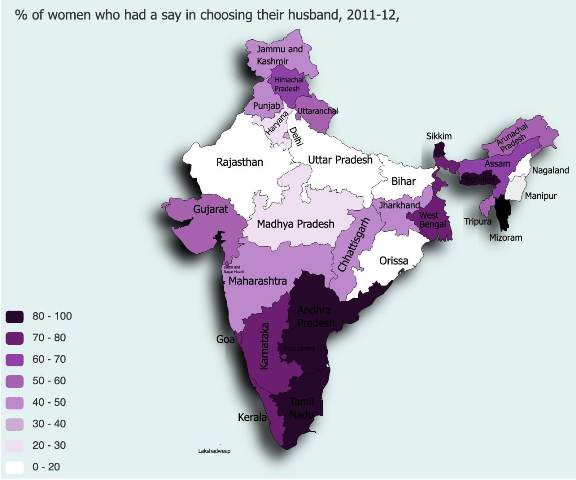
The map is strong indicator of status of women of different states in India. Uttar Pradesh, Bihar, Rajasthan are few of states where women are least empowered and these are the states where most of violence against women are reported.
The Government of India has identified ending violence against women as a key national priority, which resonates with the Sustainable Development targets of the United Nations on gender equality, says an analysis published at UN’s website.
The prime minister’s Beti Bachao Beti Padhao initiative aims at equal opportunity and education for girls in India. In addition, specific interventions on female employment, programmes on the empowerment of adolescent girls, the Sukanya Samridhi Yojana on girl child prosperity and the Janani Suraksha Yojana for mothers advance India’s commitment to gender equality etc, it adds.
However, these efforts have not shown any impact on gender violence in the country. The gender related violence is going unabated despite the fact that the present government came on shouting its special interest to protect women of the country.
After the Nirbhaya incident which shook the entire nation, policy makers went on strengthening the law and even hanged the accused. However, the present incident from Hathras proves that the problem lies somewhere else and not in law. If the country really wants to get rid of such incidents, it will have to empower women, which the Goal 5 of SDGs reiterates.
What are the targets, India needs to achieve by 2030 as per SDGs
- End all forms of discrimination against all women and girls everywhere.
- Eliminate all forms of violence against all women and girls in the public and private spheres, including trafficking and sexual and other types of exploitation.
- Eliminate all harmful practices, such as child, early and forced marriage and female genital mutilation.
- Recognise and value unpaid care and domestic work through the provision of public services, infrastructure and social protection policies and the promotion of shared responsibility within the household and the family as nationally appropriate.
- Ensure women’s full and effective participation and equal opportunities for leadership at all levels of decision-making in political, economic and public life.
- Ensure universal access to sexual and reproductive health and reproductive rights as agreed in accordance with the Programme of Action of the International Conference on Population and Development and the Beijing Platform for Action and the outcome documents of their review conferences.
- Undertake reforms to give women equal rights to economic resources, as well as access to ownership and control over land and other forms of property, financial services, inheritance and natural resources, in accordance with national laws.
- Enhance the use of enabling technology, in particular information and communications technology, to promote the empowerment of women.
- Adopt and strengthen sound policies and enforceable legislation for the promotion of gender equality and the empowerment of all women and girls at all levels.



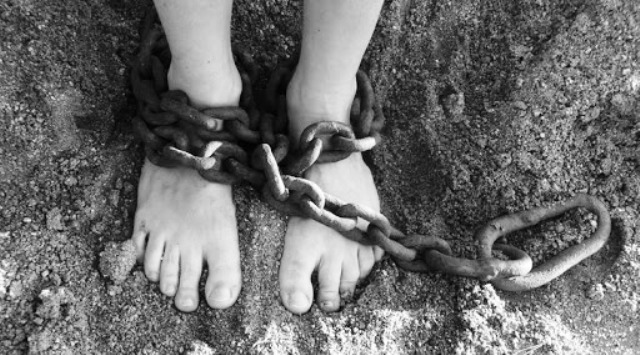

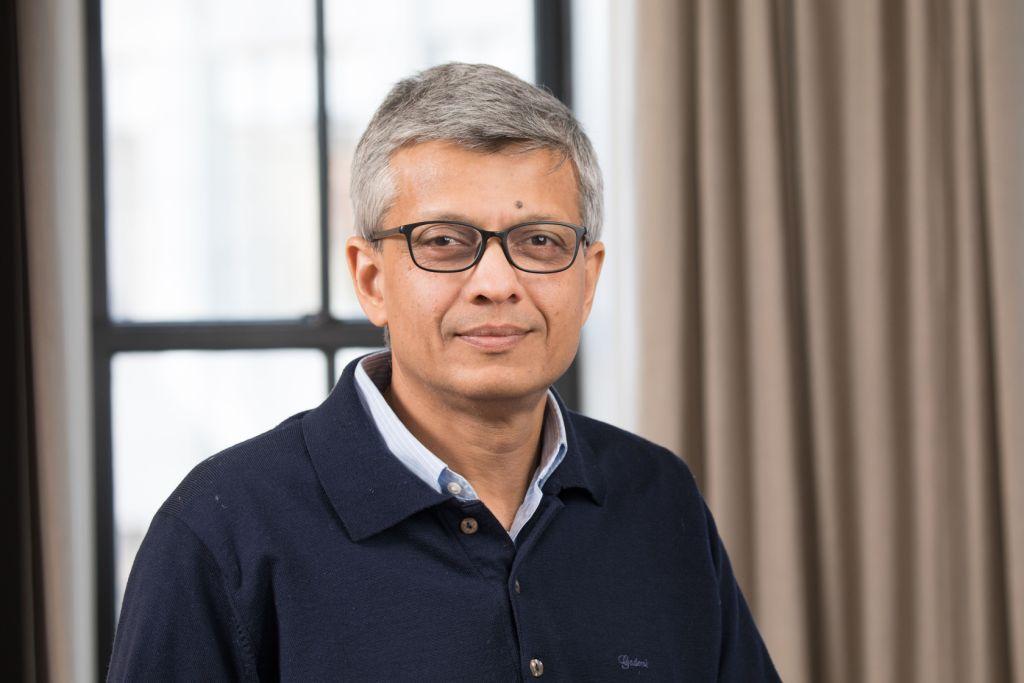
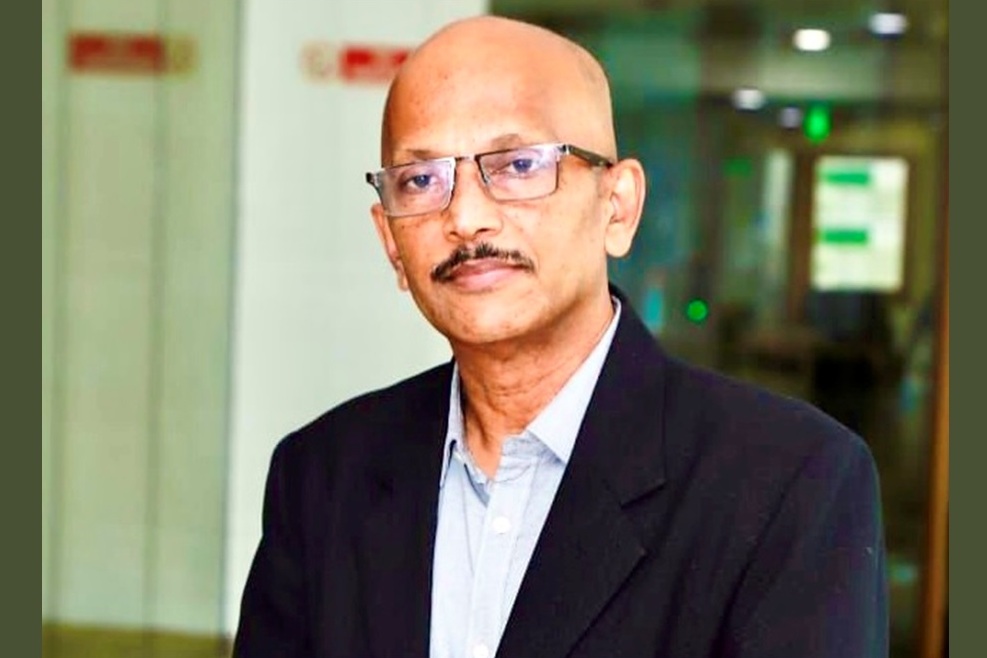
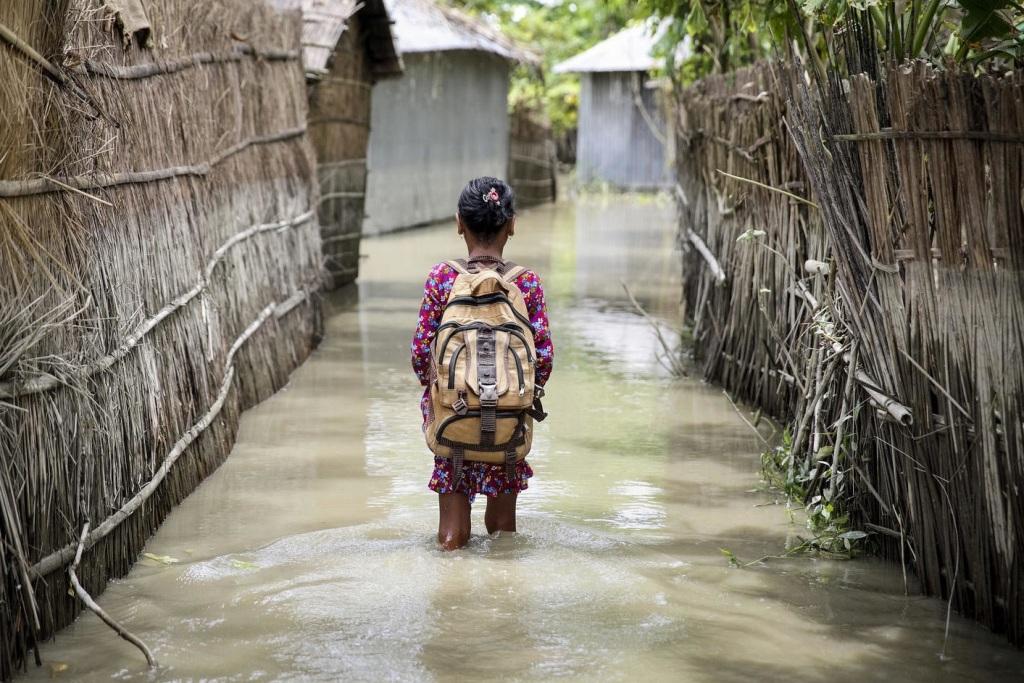
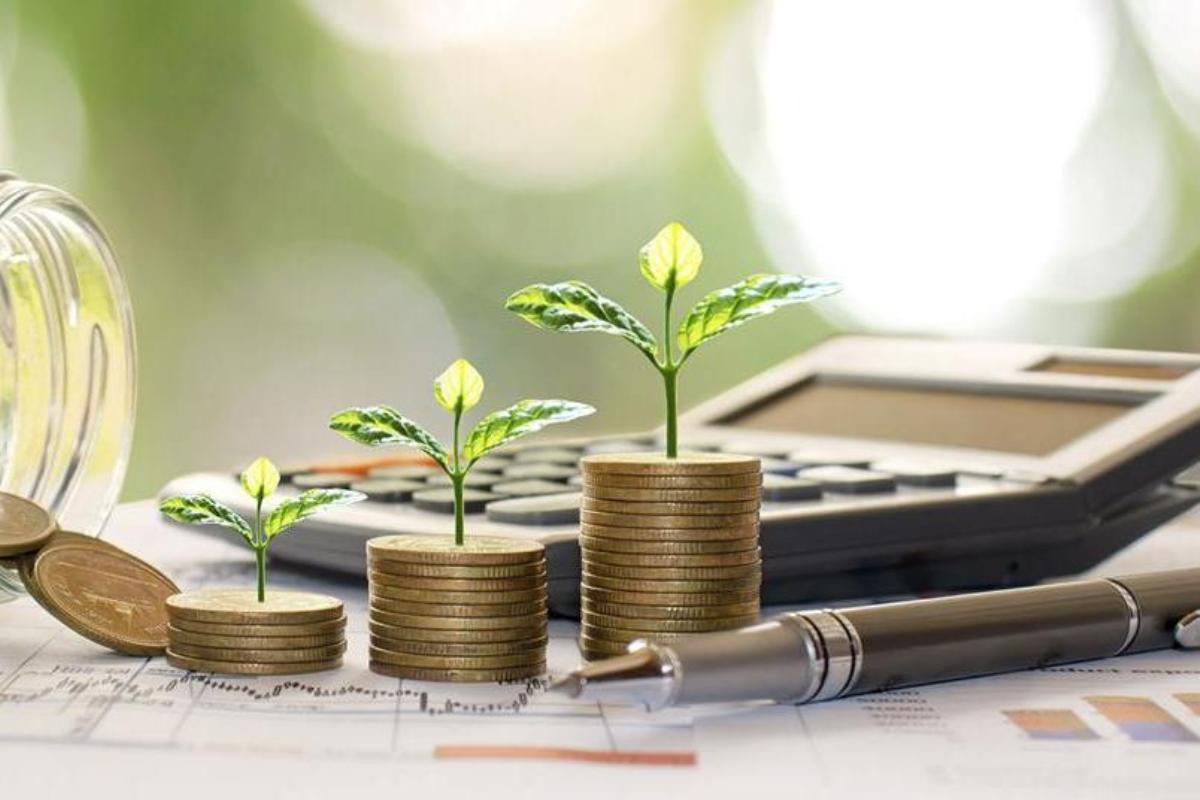

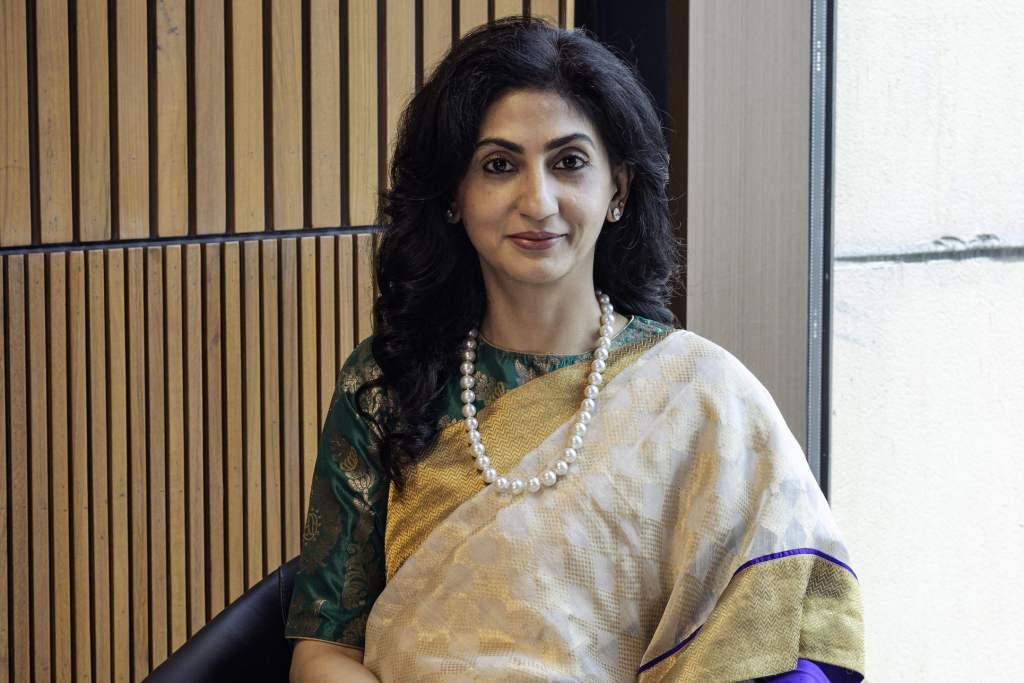


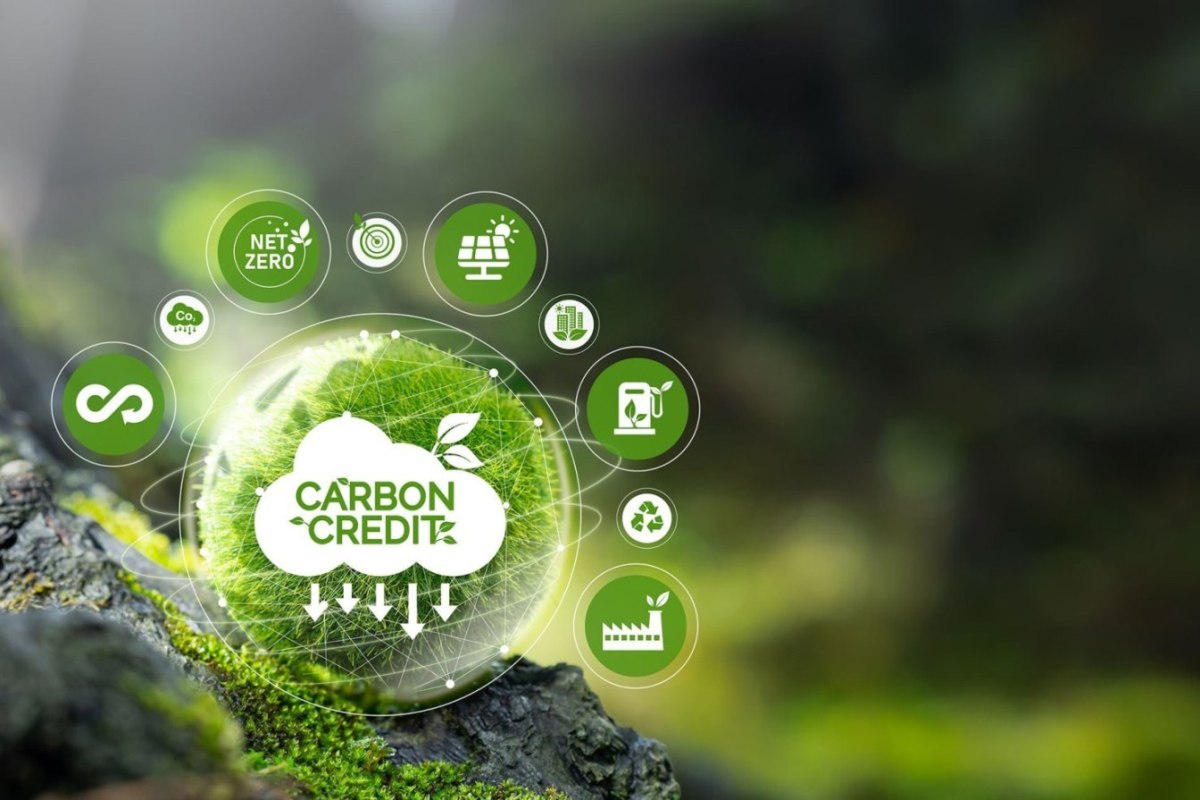



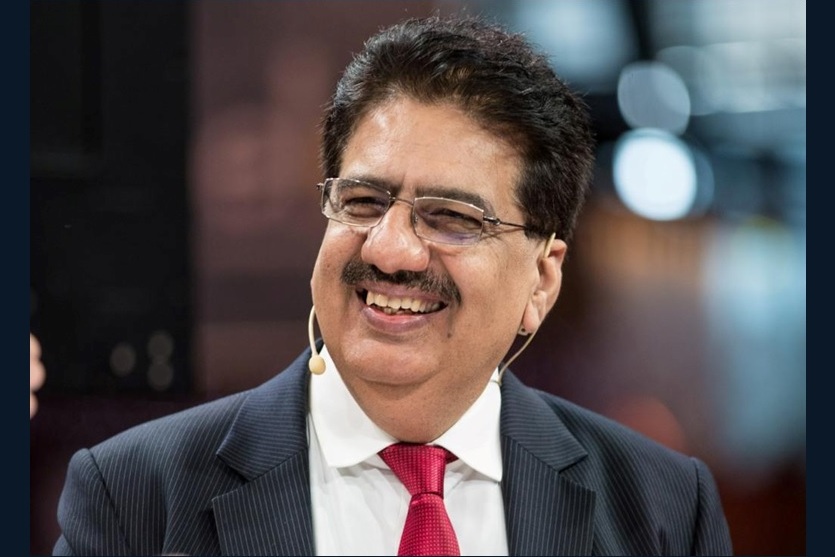

.jpg)




